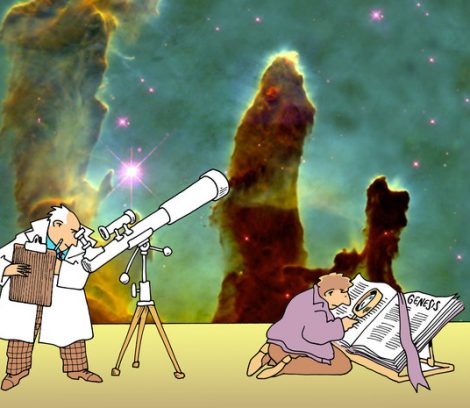Richard Rohr: Fully Human, Fully Divine
Francis emphasized an imitation and love of the humanity of Jesus, and not just the proving or worshiping of his divinity. Even Christian art changed after Francis; take a look at paintings before and after Francis’ life (1182-1226) or Medieval Art from the 5th century through the 15th century. Francis fell in love with the humanity and humility of Jesus, which made Jesus imitable. But in most of Christian history we have emphasized the divinity, omnipotence, omniscience, and “almightiness” of Jesus, which makes actually following him–or loving him–seem unrealistic. We are on two utterly different planes. A God who is “totally other” alienates totally.
I hope this doesn’t upset some of my Christian friends, but an awful lot of Christians are not really Christian. That’s not a moral judgment; it’s a description. Many Christians simply believe in a Supreme Being who made all things; that Supreme Being happens to be Jesus. He was the available God figure in Europe, so we pushed him into that position, while avoiding Jesus’ living message: that the human and the divine coexist in him. He is actually a “third something.” This is hard for us to grasp or even imagine, because it seems a contradiction in terms, an irreconcilable paradox. Already in Byzantine art and many later icons Jesus is shown holding up his two fingers, indicating, “I am fully human, and I am fully divine at the same time.” We were struck dumb by this paradox.
For most Christians today, Jesus is totally divine, but not really human. Here is the price we pay for our inability to think non-dually: When we deny what Jesus holds together, we can’t put it together in ourselves! And that’s the whole point: you and I are also daughters of heaven and daughters of earth, sons of God and sons of this world. Both are true at the same time, which defies all reason and logic. We also are a living paradox. But we need a model, an exemplar, a promise, and a guarantee (all words used in Pauline letters) to imagine such a far off impossibility. For us, that model is Jesus. In Scholastic philosophy we call this an “Exemplary Cause”; this is how Jesus “causes” our salvation. It is not a magic act accomplished by moral behavior; rather, salvation is a gradual realization of who we are–and always have been–and will be eternally.
Two years before he died, in September of 1224, Francis’ body was emblazoned with the stigmata, the five wounds of Christ. This is highly documented and attested to–not a Catholic fairy tale. Francis walked around like a living Christ the last two years of his life and this was witnessed by crowds of people. Clearly the Christ Mystery was something Francis believed not just with his mind, but lived with his spirit and his body; so much so that it finally overtook him in a psychosomatic way. Modern science now recognizes that psychic diseases and memories do affect our bodies in profound ways. Body and soul really are one, and psychology and medicine are making this more and more obvious and compelling for our practical lives. To live happily in such wholeness is often called holiness.




